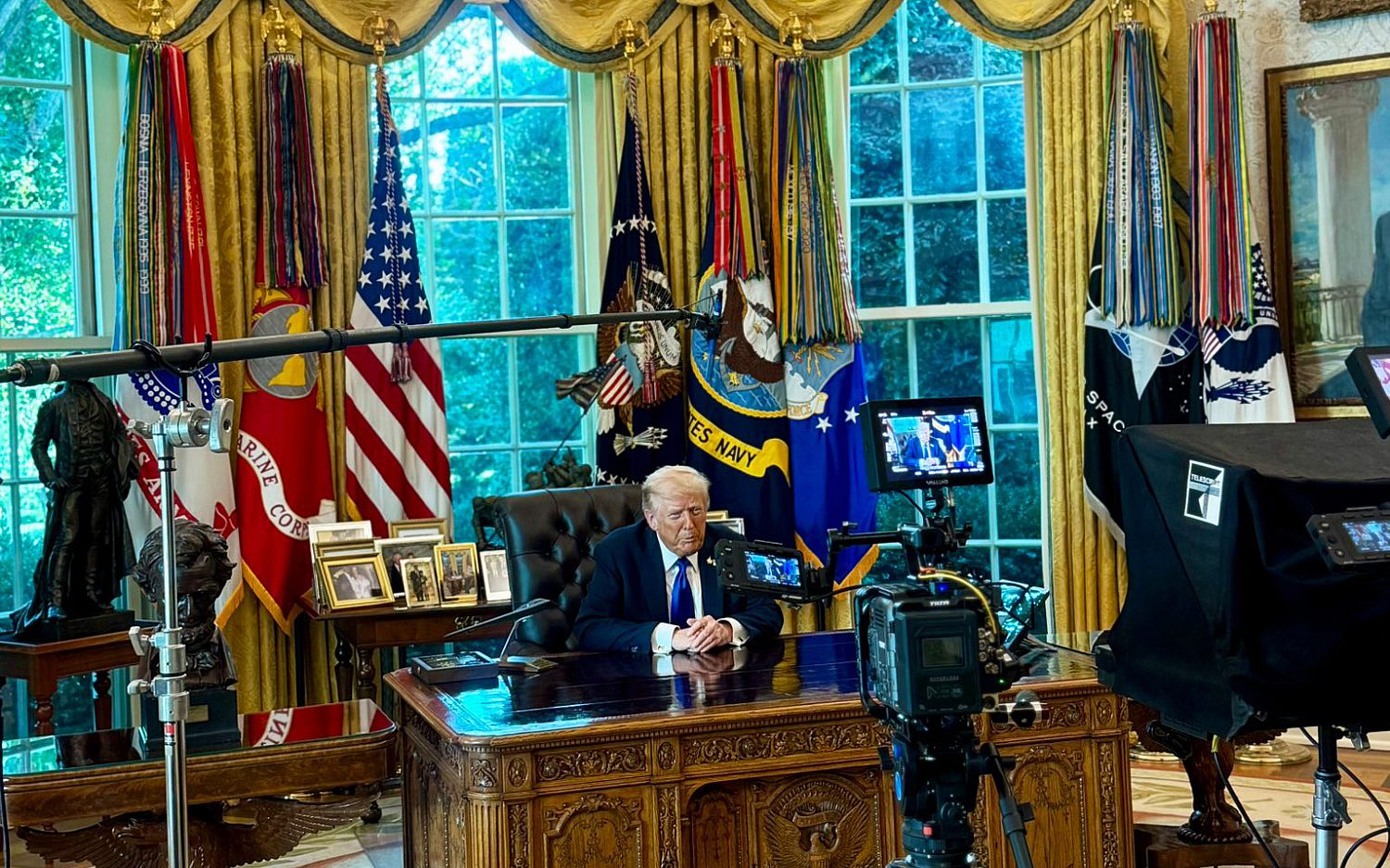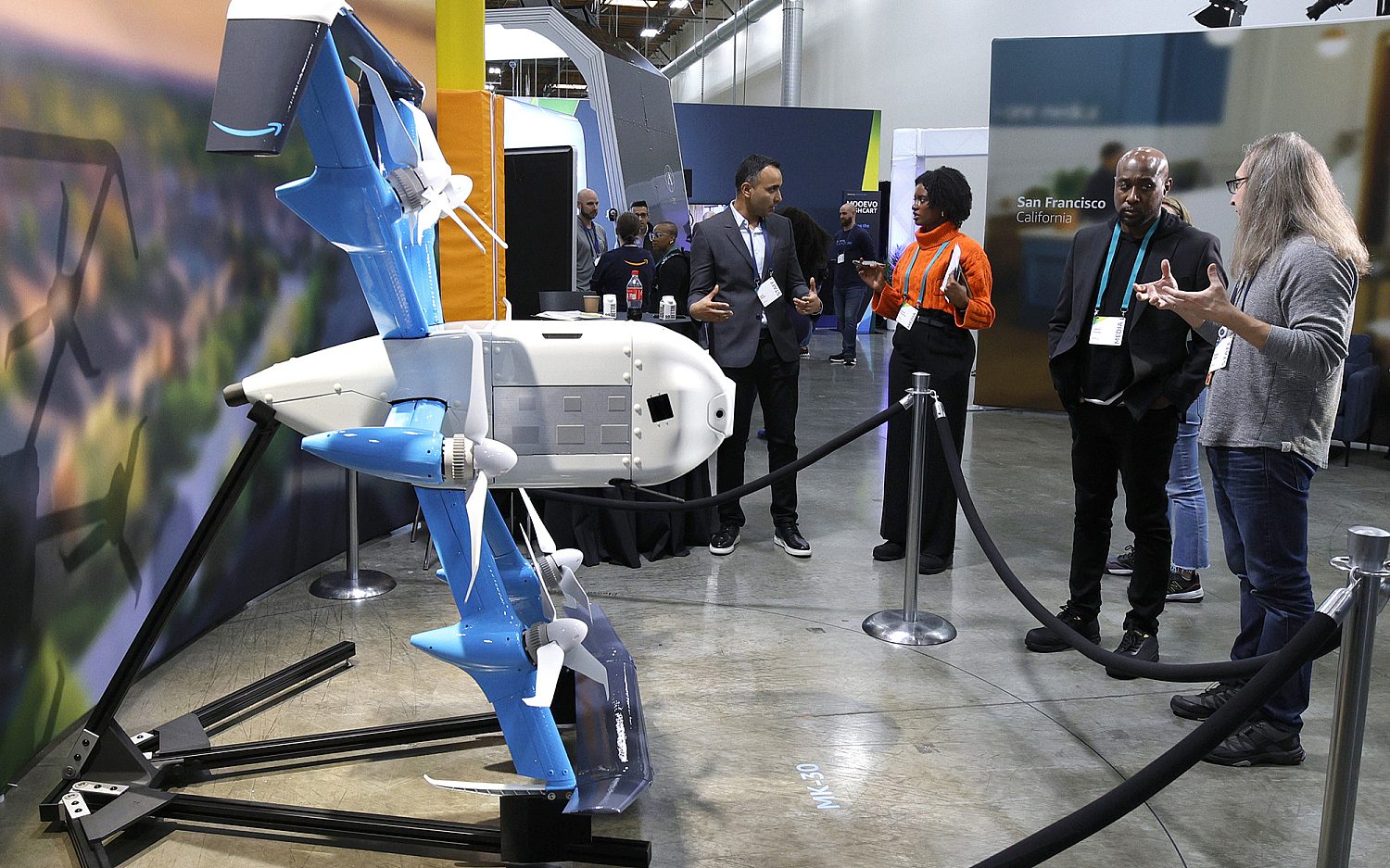Cargo ships import major pollution at Chinese ports
Environmentalists often call China’s air pollution problem “Airpocalypse.” China ranks in the top tier of countries with health-hazardous air. And a recent U.S. study on Chinese maritime activity shows the biggest cause of air pollution in major Chinese port cities is what brings in their wealth—cargo ships.
Almost half of all sulfur oxide emitted in Hong Kong comes from ships. In nearby Shenzhen, shipping generates 67 percent of the city’s total sulfurous pollutants, according to the U.S.-based Natural Resources Defense Council (NRDC), which studied the pollution. The study did not include the more hyped carbon dioxide and nitrogen oxide pollutants.
Chinese officials have talked about instituting a crack-down on ship-generated pollution, but port emissions are not yet being considered, said Barbara Finamore, NRDC’s Asia director.
A single cargo ship can emit sulfur oxide fumes equivalent to diesel pollutants from a half million new Chinese trucks, according to the report, released Tuesday. The scary ratio is due to ocean-going ships burning diesel fuel with sulfur levels between 100 to 3,500 times higher than the type of diesel in road vehicles. This hits China harder than any other country since it’s home to seven of the world’s 10 busiest container ports.
PM 2.5 are tiny, noxious particles about one-thirtieth the width of an average human hair. They can lodge in the lungs and even the bloodstream. Beijing, among other Asian cities, including New Delhi, has regular bouts of dangerously high levels of PM 2.5 particulate pollution. By contrast, Houston, Texas—a booming port and petrochemical producer—continues to improve its air quality.
Among Chinese ports, only Hong Kong and Shenzhen have begun to reduce port emissions, mainly due to financial incentives for doing so. The national government has not developed a strategy to enforce emission standards.
“It’s not just China,” Finamore said. “There are many ports around the world that haven’t taken action on this because they’re just starting to understand the pollution from ships.”
Hong Kong is considering implementing controls that would require ships to switch to cleaner fuels while docked in the city’s port, as is the case in U.S. ports. All ports in North America and some in northern Europe already mandate that ships switch to cleaner power when nearing or at port. California tows that line even further: Ships entering the state’s waters must power their engines with clean-burning fuel within 24 nautical miles of the shoreline.
The cost of cleaner fuel is the kicker. It is up to 48 percent more than the dirtier, “bunker fuels,” as they are called. The NRDC report said switching fuels could also involve additional training for ship crews.
“China has not yet done the full emission inventories to figure out how much port emissions are contributing to overall air pollution or the influence on human health,” said Finamore, who hopes to persuade the Chinese government to take the issue seriously.
The Associated Press contributed to this report.
An actual newsletter worth subscribing to instead of just a collection of links. —Adam
Sign up to receive The Sift email newsletter each weekday morning for the latest headlines from WORLD’s breaking news team.




Please wait while we load the latest comments...
Comments
Please register, subscribe, or log in to comment on this article.